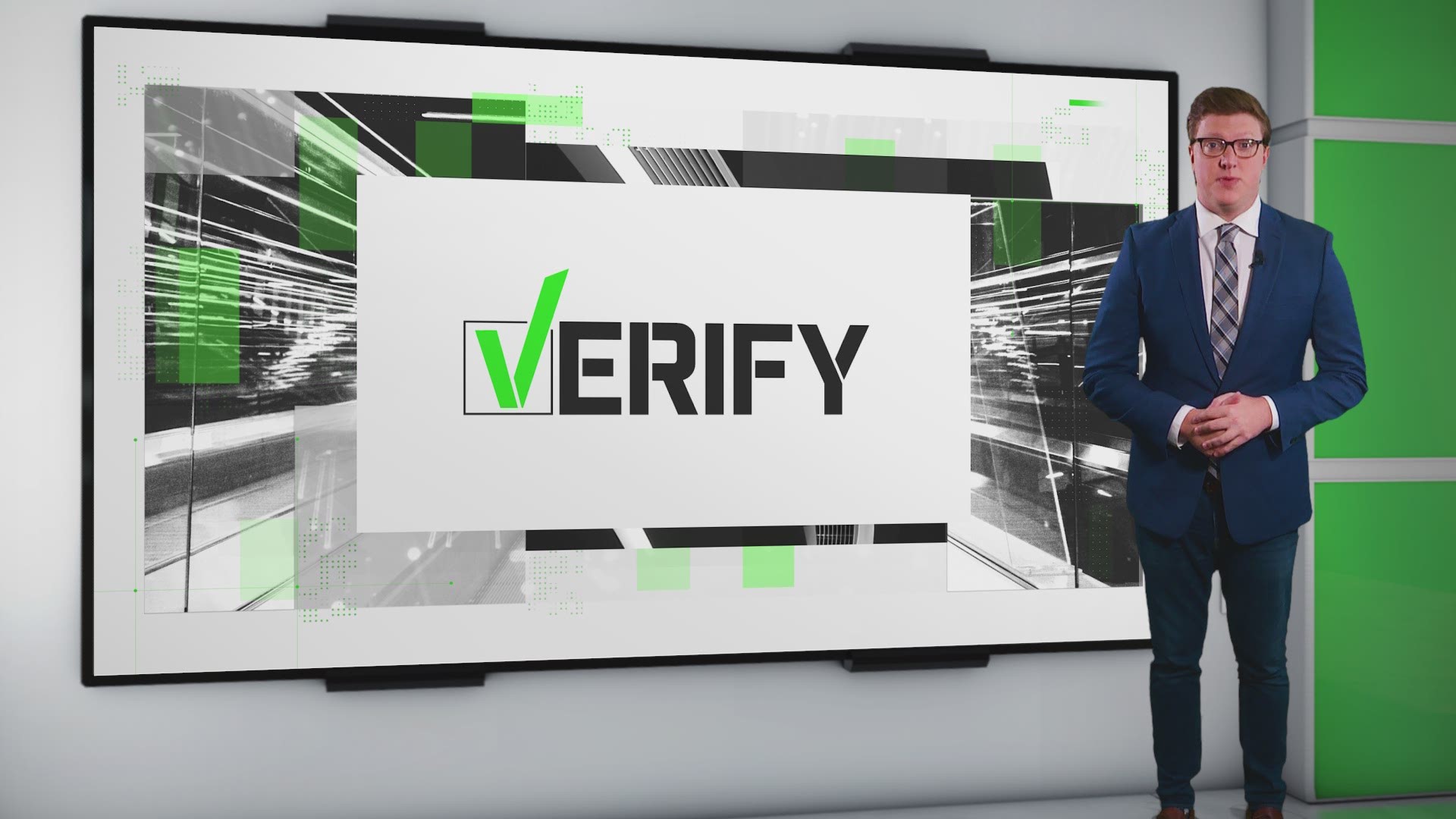The Senate Judiciary Committee took its first steps toward confirming Judge Amy Coney Barrett to the Supreme Court Monday. The Senate hearings are the second step of five to nominate and appoint a new Supreme Court Justice.
Here is what to expect. We've verified all these with multiple congressional research reports.
- The president first announces a nominee. President Donald Trump announced Judge Amy Coney Barrett as his nominee on September 26.
- The nomination is sent to the Senate Judiciary Committee for consideration. The committee holds hearings on the nominee. The committee began hearings Monday morning.
- The Senate Judiciary Committee will vote on the nomination, to send its recommendation to the full Senate. Committee chair Sen. Lindsey Graham, R-S.C., said he hopes to hold the vote on, or by, Oct. 22.
- The full Senate will debate. This can technically go on indefinitely as both sides try to make deals, but a cloture motion can end this period. A cloture vote requires a simple majority, or 51 senators, to pass. It essentially limits the debate to 30 hours before a final vote must be held.
- A Senate floor vote comes next. If Judge Barrett is recommended to the Senate by the judiciary committee, Senators will then get to vote on her nomination. Just like a cloture motion, confirming a Supreme Court Justice takes a simple majority, or 51 senators.
The GOP currently holds 53 seats in the Senate, though multiple Senators have expressed the possibility that they would not vote for a new justice if the vote came before the Nov. 3 presidential election.
While the presence of a Republican majority in the Senate makes it likely the confirmation process will succeed, it is worth acknowledging these three possible outcomes:
- Barrett could get at least 51 "yes" votes, and then she could be confirmed.
- If there is a 50-50 tie, Vice President Mike Pence would vote as the tiebreaker, confirming Barrett.
- If at least 51 senators reject the nomination, that would be it for Barrett. Another nominee would have to be submitted.
SOURCES:
Supreme Court Appointment Process: President's Selection of a Nominee (CRS Report No. R44235)
Supreme Court Appointment Process: Roles of the President, Judiciary Committee, and Senate (CRS Report No. RL31989)
Supreme Court Appointment Process: Consideration by the Senate Judiciary Committee (CRS Report No. R44236)
Supreme Court Nominations: Senate Floor Procedure and Practice, 1789-2011 (CRS Report No. RL33247)
Questioning Supreme Court Nominees About Their Views on Legal or Constitutional Issues: A Recurring Issue (CRS Report No. R41300)
Supreme Court Appointment Process: Senate Debate and Confirmation Vote (CRS Report No. R44234)
Speed of Presidential and Senate Actions on Supreme Court Nominations, 1900-2010 (CRS Report No. RL33118)
Evolution of the Senate's Role in the Nomination and Confirmation Process: A Brief History (CRS Report No. RL31948)

